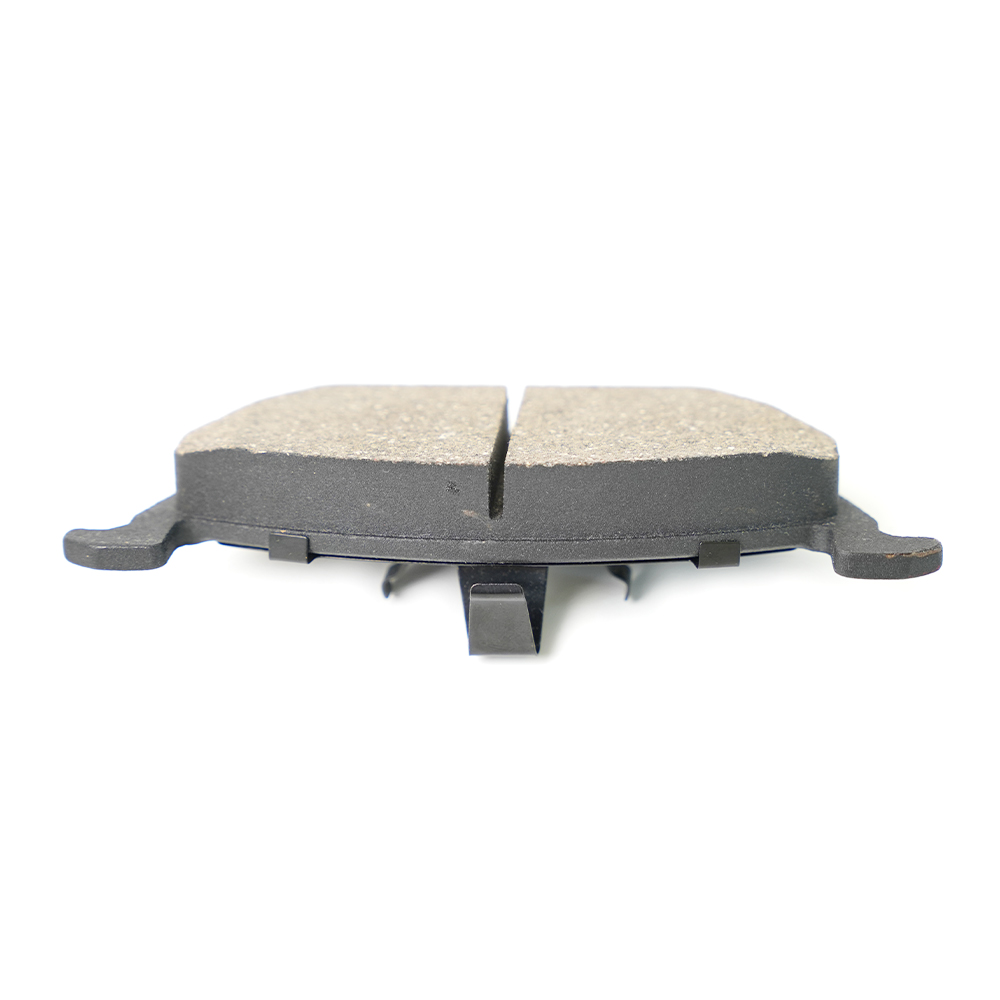Low-metal brake pads, containing less than 10% metallic steel wool, are becoming an increasingly popular choice for a wide range of vehicles due to their balance of performance, durability, and comfort. These pads offer several advantages, including good thermal conductivity, reduced brake dust, lower noise levels, and moderate lifespan, making them a solid choice for everyday driving. But how do these pads perform when compared on high-inertia models versus low-inertia models? The differences in performance are significant and require a closer look at the unique demands each type of vehicle places on its braking system.
High-inertia vehicles, such as larger cars, SUVs, and trucks, typically have more mass and require more energy to decelerate compared to their lighter counterparts. This means the brakes on these vehicles must work harder and dissipate more heat during braking. Low-metal brake pads, with their good thermal conductivity and specific heat capacity, excel in dissipating heat, which helps to avoid brake fade—a common issue in heavier vehicles after extended or heavy braking. However, despite their excellent heat management properties, low-metal pads are best suited for medium to large inertia vehicles where the brake system can accommodate their specific characteristics, such as moderate wear rates and consistent friction performance. Their friction coefficient range of 0.32–0.38 is more than adequate for the demands of these larger models, providing stable and reliable braking at high speeds or during emergency stops. The moderate wear rate (around 0.35 mm) also ensures they last for a reasonable period, roughly between 30,000 and 50,000 kilometers, depending on driving conditions.

On the other hand, low-inertia vehicles, such as compact cars, sedans, and some light commercial vehicles, require less braking force due to their lighter weight. These vehicles tend to have a quicker response time to braking inputs, and while low-metal brake pads are still a good fit, their performance might not be fully optimized for lighter vehicles with rapid deceleration needs. The lower metallic content in these pads, which helps reduce brake dust and noise, can sometimes result in slightly less responsive braking under extreme conditions, such as rapid deceleration or heavy loads. However, the pads’ ability to maintain a lower coefficient of friction (as low as 0.20) in softer braking scenarios allows for a smoother, quieter ride in everyday driving conditions. These benefits, combined with the pads' lower noise and dust production, make them ideal for lighter vehicles that operate in urban environments where stop-and-go traffic is more common.
When comparing the performance of low-metal brake pads on high-inertia versus low-inertia models, the differences boil down to the level of braking force and heat generation each type of vehicle demands. For high-inertia models, the good thermal conductivity and stable braking performance of low-metal pads ensure that they handle the heavier braking loads without compromising safety or comfort. These pads are well-suited to the demands of larger vehicles, where heat buildup and brake fade are a concern during frequent, high-pressure braking. Conversely, low-inertia models benefit from the smooth, less aggressive braking profile of low-metal pads, which contributes to a comfortable, less noisy driving experience, especially in urban traffic or for drivers seeking less abrupt deceleration.
Low-metal brake pads provide a reliable solution for a wide variety of vehicles, but their performance on high-inertia models versus low-inertia models depends on the specific demands of the braking system. For heavier vehicles, the pads' ability to handle heat and maintain consistent braking makes them a great fit, while for lighter cars, their reduced friction and softer response help deliver a quieter, more comfortable ride. In both cases, low-metal pads strike a good balance, offering a cost-effective alternative that doesn’t compromise on safety or performance. As always, it’s important to consider the unique needs of your vehicle when selecting the right brake pads, ensuring that they match the performance characteristics required for optimal safety and driving comfort.